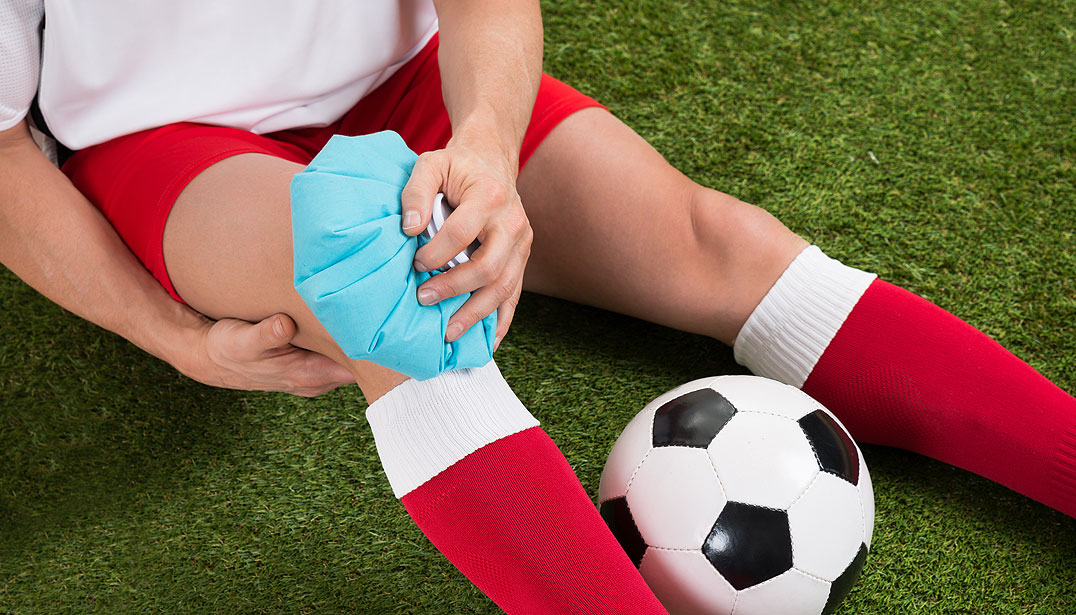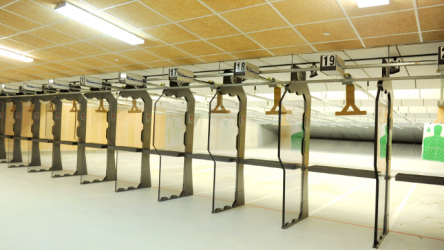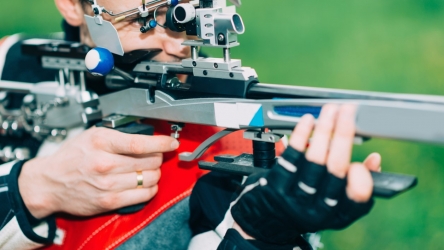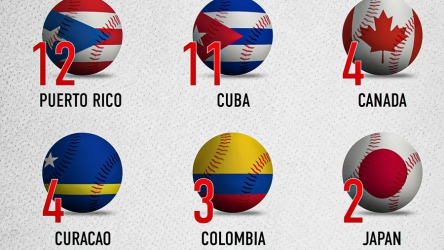
Everyone knows that exercising regularly is good for health, helping to keep the heart pumping, toning muscles and usually keeping weight down. But regular exercise does have one drawback; doing too much of it or not doing it properly can result in injury. Some sport-related injuries heal quickly and cause no lasting damage or pain, but others may take longer to repair and result in a permanent weakness. So just how do you cope with ongoing sport injuries?
Sport injuries
A sports injury can come about for a number of reasons. An injury can be caused by an accident. Perhaps you are playing a racket game and you miss your footing and fall. Or perhaps you are playing a contact sport and a fellow player crashes into you, or a ball hits you hard. These kind of injuries are unforeseeable and not your fault, but there are others that may be. Not warming up before an exercise session means your muscles will be short and tight and consequently may pull, stretch and even tear painfully causing an injury. An injury can also be caused by using a poor technique in your exercise session or sport, or it could come about because you are not using the correct equipment. Lastly, your body has limits, so s injury could also come about because you push yourself too hard.
So what do you do if you feel pain after exercising? Some injuries cause immediate pain while others may take a few hours to develop. Common pain indicators include a swelling around the area, bruising, tenderness and perhaps restricted movement or stiffness in the joint. If you do feel any of these while exercising, you should stop immediately, as carrying on will only worsen your injury.
Any part of the body can become injured, but there are some areas that are particularly vulnerable. These are the extremities – our limbs, our hands and feet. And the problem with injuring these areas is that we rely on them so much in our day-to-day lives that it is often difficult to rest them to allow them time to recover. This often means that we need to rely on aids to support and speed up recovery.
However, in the immediate aftermath of suffering an injury, it is important to rest the injured area for around 48-hours to prevent causing further damage. During this time, you can apply an ice pack to the injury, which should help to reduce any swelling, and you can also take over-the-counter painkillers to give you some relief. Minor injuries should start to get better after 48-hours or so, but if your symptoms become severe, then you may need to take further steps. Broken bones and torn ligaments, for example, will necessitate a visit your doctor and possible surgery, but for the less severe ongoing injuries, there are other solutions.
For example, all you may really need for your sports injury is a physical support, such as that provided by compression wear. Compression wear increases blood and lymphatic flow, which results not only in an improved performance in whatever sport or exercise you do, but also expedites recovery so that you can get back to your sport that much quicker. Up until recently, compression wear has been designed purely for when playing sports or actively exercising, so that support is only given during these times, but it could be that you suffer when you are at work or out for the evening, too. Some companies, such as Tommie Copper have solved this sartorial problem by incorporating compression wear into men’s dress socks which are perfect for wearing with pants. There are other kinds of supports available too, such as wrist, knee and ankle supports that clamp around the joint making it stronger and therefore making any impact more bearable.
While some sport injuries may be unavoidable, it is best to try and prevent injury occurring in the first place and there are several ways you can do this. The first is to warm up properly, so that your body is ready for exercise and you should endeavor to cool down when your exercise session is over. Wear the appropriate equipment for your sport, such as running shoes and shin guards and use the correct techniques learned from a professional coach if necessary.
Ultimately, listening to your body is the best way to prevent injury, as your body knows its limits and will tell you when it has had enough.







